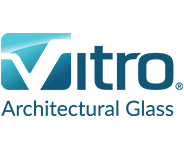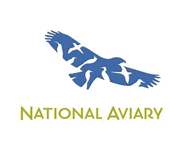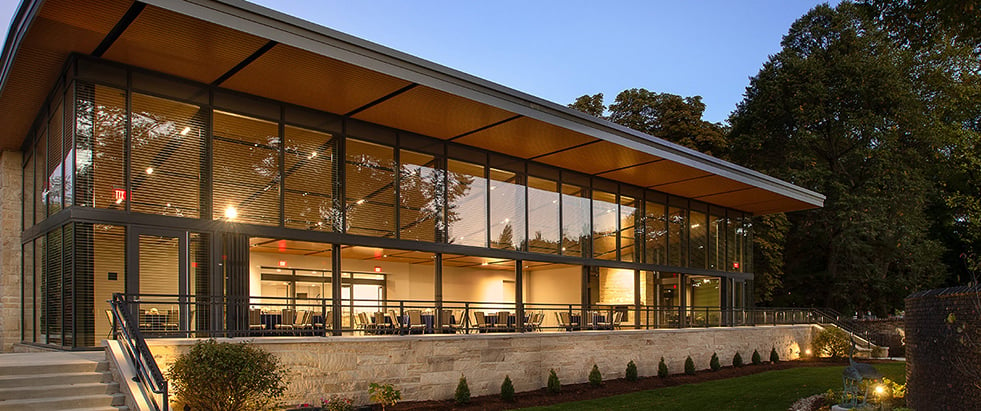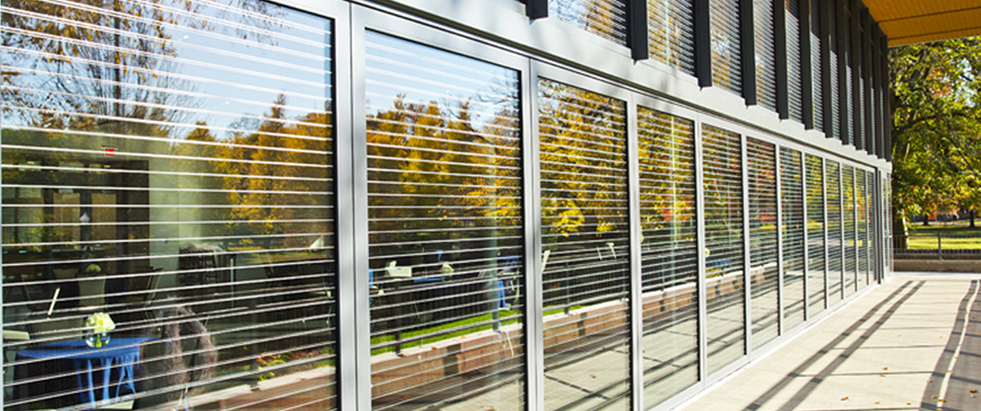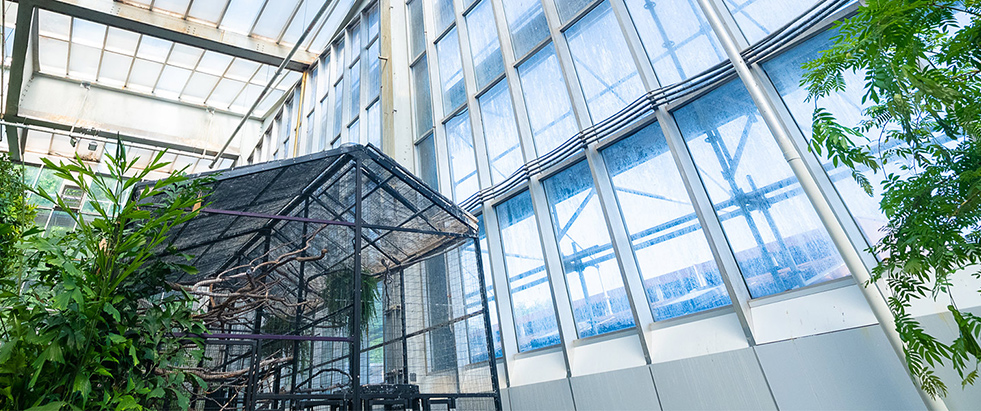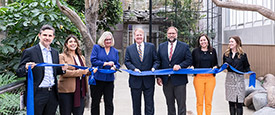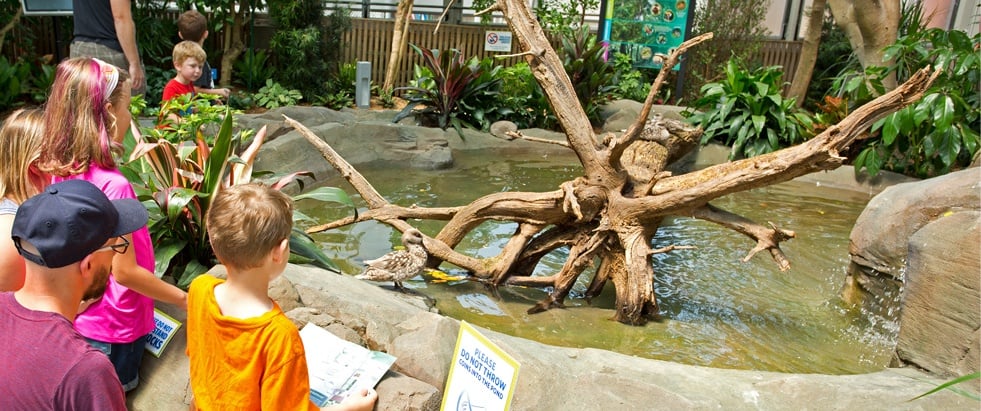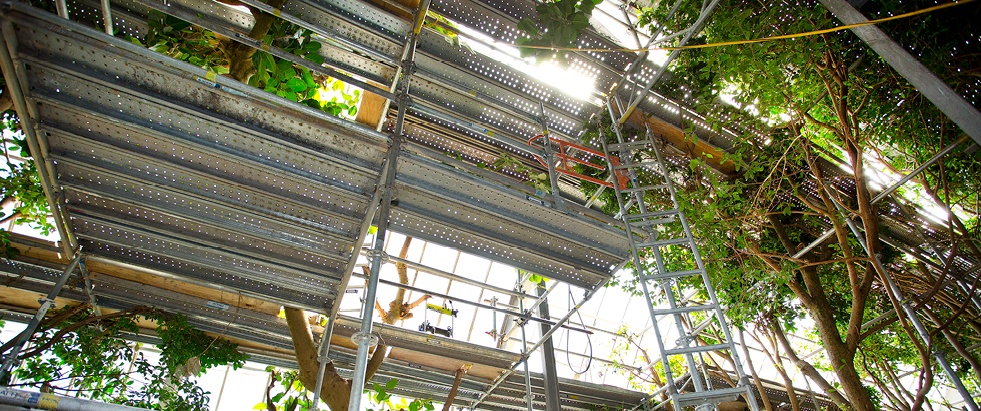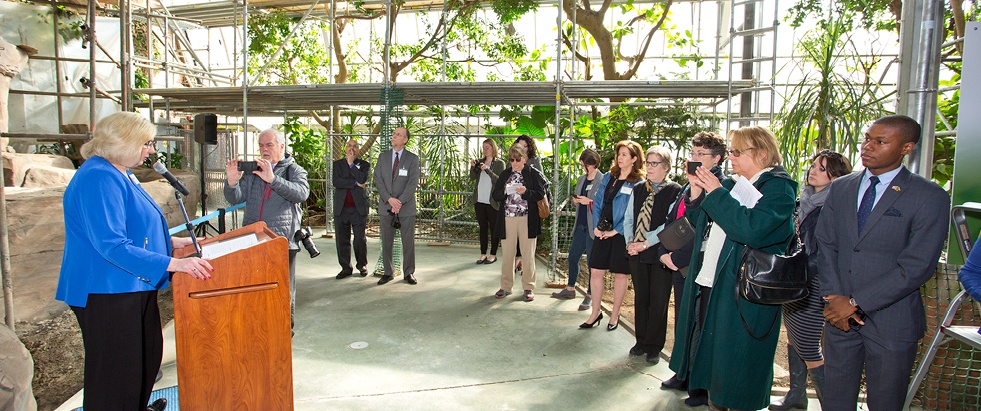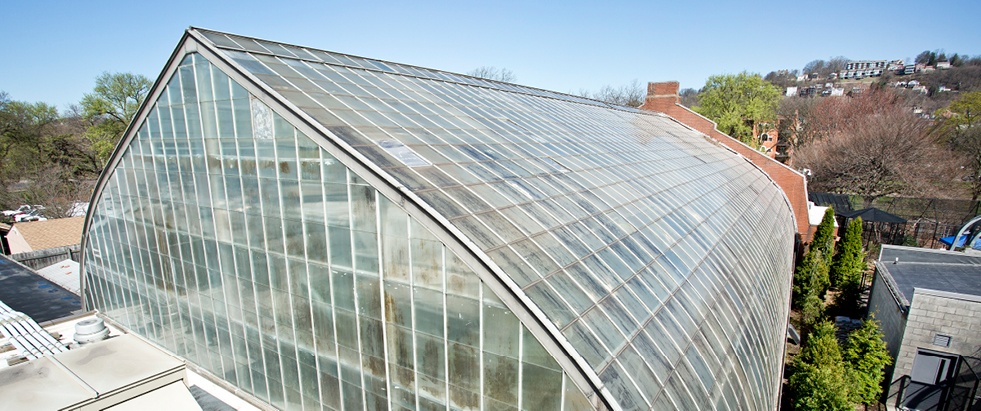The National Aviary on Pittsburgh’s North Side is still going strong after 70 years. Recently, its Wetlands exhibit underwent a historic transformation.
The National Aviary’s largest habitat, the Wetlands, first opened its doors in 1969. It’s home to a variety of species, including American Flamingos and Brown Pelicans, and lesser-known birds like Boat-billed Herons and Sunbitterns. The Wetlands also houses several species that are vulnerable to extinction. After more than 50 years of wear and tear, Aviary staff determined the habitat needed a makeover.
